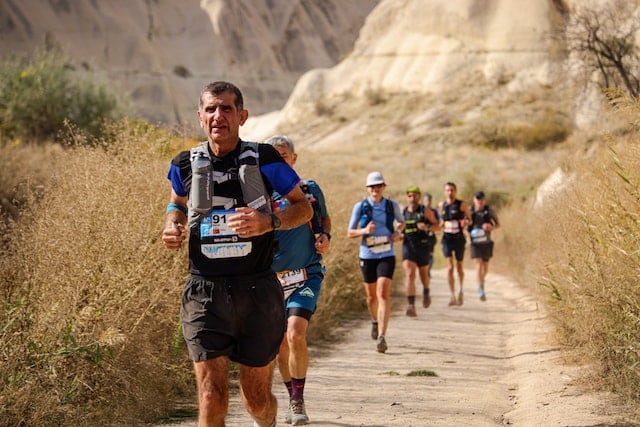
Contents
Improving race pace with speed work to make your 10k race day the one you were expecting
Running isn’t as easy as people think. Forgetting aspects like injury and fatigue, it often takes a long time to progress in the ways you want. Sure, you’ll get better with most runs, but that doesn’t mean hitting your targets is straightforward.
To improve, you need to factor in good running form (constantly), speed training targets, strength training goals, interval training incentives and that you’ve not bowed down to that pizza on a Thursday night.
The balance is often sensitive, and a good 10k time can be harsh.
So why do you want to run 10k in a good time, really?
Women’s Running writes, ”10k is such a great racing distance for those who want to improve and achieve new running goals. The real beauty of it is that it really is as hard as you choose to make it. Racing a 10K doesn’t blast your legs as much as a full or half marathon might so you can reach the start line fresh and give the distance your best shot.”
Couldn’t agree more.
Let’s run through some methods to better your time now.
Speed work
To increase time you’ll want to utilise specific speed work. With shorter intervals and higher output stages, a hill sprint training cycle and speed session variation you can increase strength and endurance, aerobic capacity (oxygen intake and flow) and acclimatise, simply, to running faster.
Canada running puts it, ‘Interval training is key when trying to increase your speed over 10K. It allows the body to adapt physiologically to the demands of the race. Intervals can be a mix of different duration, pace and distance. Typically interval workouts are done at race pace or faster.” You can use a combination of different routines, so check some out here.


Pacing
It’s not always about short stints of high-energy output. In fact, if you only did that, then your body wouldn’t be geared towards consistent long distances. Through understanding pacing a little more, your endurance base is steadily increasing when your run. All you need to really factor in here are a few longer runs in your training schedule. Consistent training with this will lead to endurance improvements, and your race strategy seems a little more doable.
If you want, you can use splits to spread the energy output of your longer running. You can start slow and pick up the pace, or vice versa, or you can tighten the gap and use less output difference. Either way, you’re gearing your body towards endurance abilities over distance, so check out splits a little more here.
Conclusion
From your first split run to your last speed session, consistency is key when it comes to training. Your target race pace is down to you, but it can only be discovered after you’ve completed some sort of schedule. Experienced runners know this, and now, so do you.
FAQs
Do I need to aid recovery with proper rest?
Absolutely. Improper rest can lead to a whole range of issues with efficiency.
**See part two of how two of “How to improve 10k time”